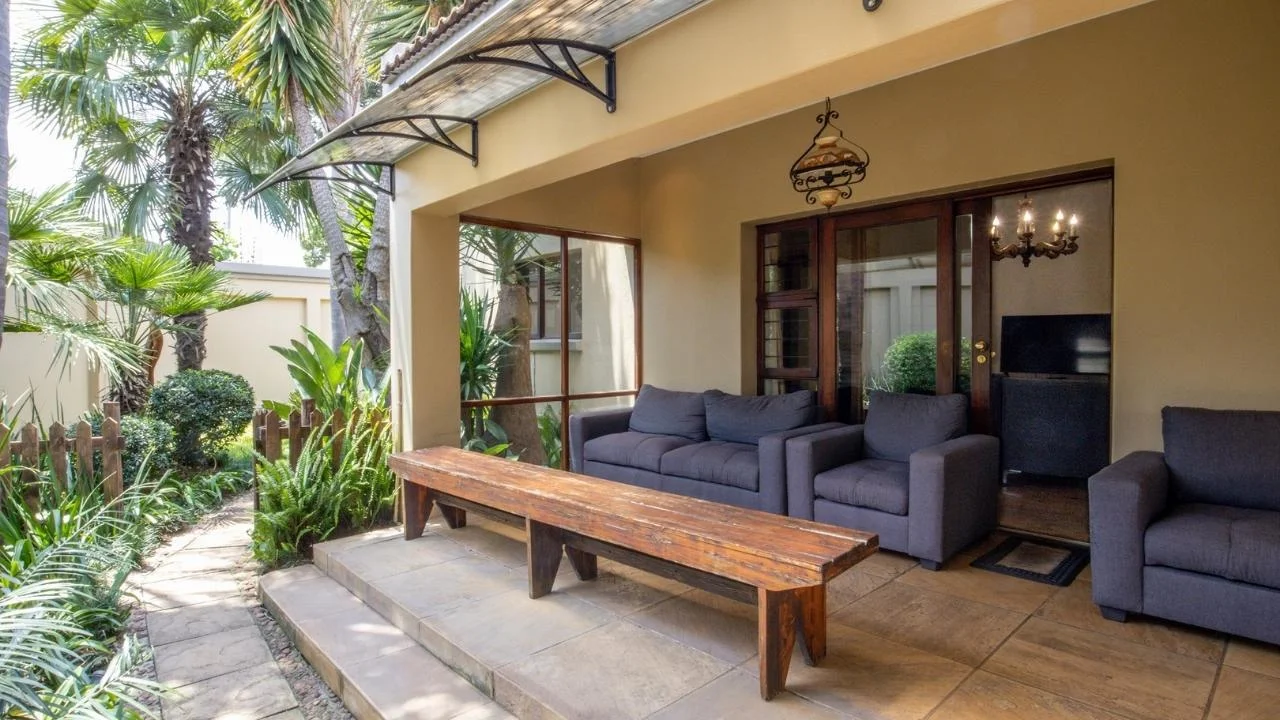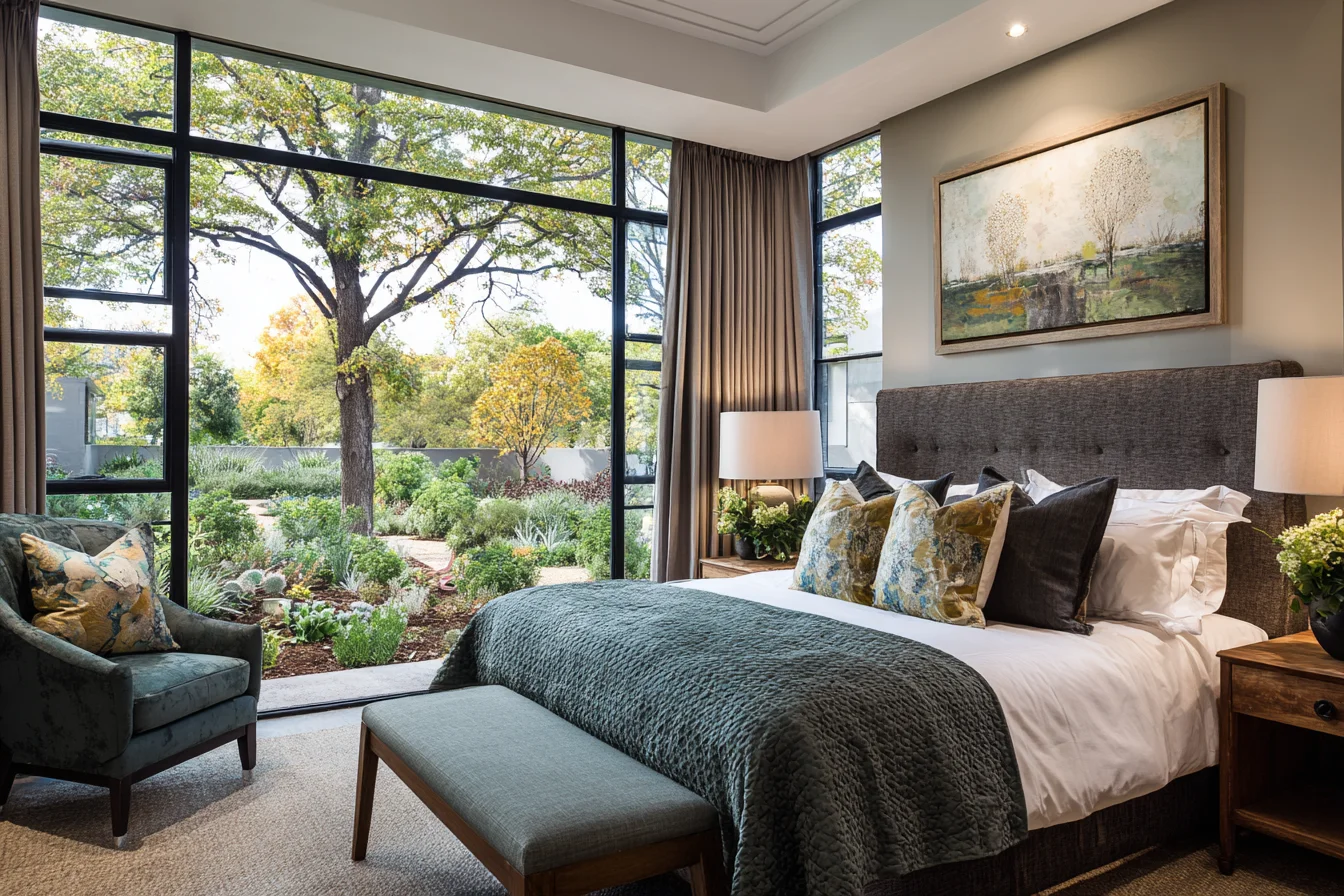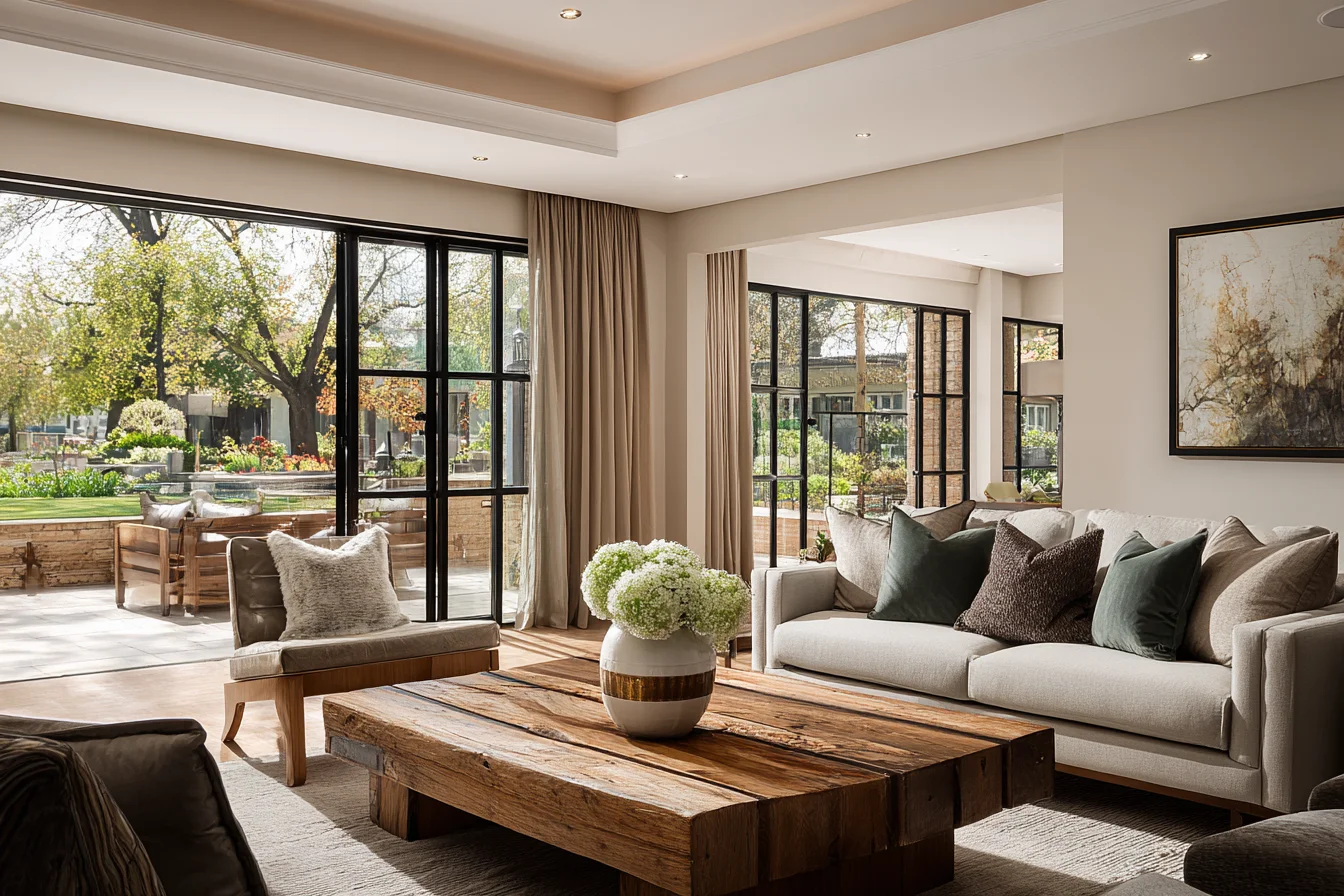
Sober Living Homes
Tertiary Care Rehab
Changes Addiction Rehab facilitates two halfway houses. Johannes House in Fairland and Auckland House in Melville are designed to support staged reintegration. Clients face real-world challenges with professional guidance, continue group therapy three times weekly, meet individually with counsellors, and are supported by experienced managers 24/7.
Halfway Houses Exist Because Early Recovery Is Not Real Life
Most people imagine that leaving rehab means the worst is over. Families breathe a sigh of relief, the patient feels hopeful, and everyone quietly expects “normal” to return. But addiction recovery does not work like that. Leaving treatment is not a graduation; it is the point where the support structures fall away and the person faces the real world with a brain that is still stabilising, emotional patterns that remain volatile, and coping skills that are still new and untested. Tertiary care, whether you call it a sober home, halfway house, sober living facility, or step-down rehab, exists because there is a massive gap between being sober in a controlled environment and being sober in the unpredictable reality of daily life.
A sober home is not a punishment, a downgrade, or a place for people who “didn’t get it right.” It is the phase where recovery becomes practical instead of theoretical. It bridges the space between 24-hour treatment and fully independent living. Without that bridge, most people fall straight back into the patterns they believed they had outgrown. Tertiary care removes that risk by giving individuals the time, structure, and accountability needed to turn early recovery into stable living.
The Illusion of Being “Ready” After Rehab
In primary treatment, the environment does most of the work. There are routines, curfews, therapy sessions, nurses, counsellors, and a predictable daily rhythm that keeps the patient emotionally contained. It feels safe, and it is. But that safety creates a dangerous misunderstanding: the belief that emotional stability in rehab equals emotional stability in the real world. The moment someone leaves treatment, that false confidence is tested. Phones switch back on, obligations return, triggers appear disguised as ordinary life, and the nervous system, still recovering, reacts harder than expected.
Halfway living exists because the brain is not ready to handle full independence after twenty-one days. The person may intellectually understand relapse prevention, boundaries, and coping skills, but understanding something and being able to apply it under pressure are two completely different things. Tertiary care gives them time to practice those tools in a semi-structured environment where mistakes are not catastrophic and support is immediately available.
Halfway Living Works Because It Rebuilds Real-World Capacity
A sober living home is designed to be a controlled version of real life. Not a bubble, not a punitive environment, and not a replacement for adulthood. It is the stage where the person begins taking responsibility again, cooking, cleaning, working, rebuilding relationships, paying attention to their finances, and managing their own emotional state, but without the complete exposure that has undone them in the past.
Residents live in shared accommodation with others who are also rebuilding. That shared experience matters. It breaks isolation, creates accountability, and exposes the old behavioural patterns that fuel addiction. People learn quickly that the problem was never just the substance, it was how they responded to life. In a halfway house, those responses become painfully clear, and the person has to learn how to manage them differently.
The structure remains, but it loosens. Curfews exist, but they are not suffocating. Routine exists, but it is not rigid. Therapy continues, but the focus shifts from crisis intervention to rebuilding identity and capacity. The patient begins to see themselves living independently again, not in theory, but in practice.
Where Most Halfway Houses Fail, And Why It Matters
The problem in South Africa is that halfway houses vary dramatically in quality. Many operate without proper oversight, with little therapeutic support, inconsistent rules, and managers who lack the professional background needed to identify relapse patterns early. Some become little more than cheap accommodation for vulnerable people who need clinical care, not a mattress and a curfew. Families believe their loved one is safe, only to discover relapse, conflict, and chaos happening behind closed doors.
The difference between a well-run sober home and a poorly run one is the difference between long-term sobriety and immediate collapse. A good tertiary care programme integrates clinical oversight, therapeutic engagement, structured accountability, sober community, and gradual reintegration. A bad one simply houses people and hopes for the best. Changes operates on the former model: structured, clinically informed, and focused on actual behaviour change, not just occupancy.
What Proper Tertiary Care Actually Helps You Rebuild
By the time someone enters a sober home, they are out of crisis but not yet capable of sustainable independence. Their cognitive clarity may be returning, but emotional reflexes remain unpredictable. Their self-esteem is often fragile. Their relationships are strained. Their practical life skills may be underdeveloped. And the pressures waiting for them outside treatment feel overwhelming.
Tertiary care provides the environment to rebuild the parts of life that addiction dismantled: consistent routines, emotional regulation, conflict management, daily accountability, social functioning, and responsible independence. People practise coping in real time instead of collapsing the moment something goes wrong. They learn to manage loneliness, boredom, frustration, and unexpected stress, the very emotions that triggered their relapse in the past.
Residents also begin rebuilding dignity. This happens slowly, through ordinary tasks that sound simple but carry enormous weight: showing up for group, keeping shared spaces clean, contributing to the household, maintaining boundaries, repairing relationships, and following through on commitments. These behaviours become the scaffolding that supports long-term recovery.
The Real Purpose of a Halfway House: Becoming a Person Who Can Live Without Treatment
Halfway living is not about extending treatment; it is about preparing for the moment when treatment is no longer there to catch you. The world outside rehab is indifferent. It does not adjust itself around your sobriety. Stressors appear without warning. People drink around you. Old triggers reappear disguised as nostalgia or celebration. Without preparation, that sudden exposure is overwhelming.
Tertiary care teaches you how to hold your sobriety when nobody is watching, how to make decisions without needing constant direction, and how to build a stable life instead of simply avoiding substances. It is the shift from surviving without drugs to living without them, a completely different skill set that cannot be learned in three weeks of primary treatment.
Families Need to Understand This Stage, Not Rush It
Families often underestimate this phase. They want the person home. They want life back to normal. They want proof that treatment worked. But premature reintegration is the quickest way to undo everything primary and secondary care achieved. Tertiary care is not a delay; it is protection. It gives the family time to stabilise as well, to adjust boundaries, to learn their role, and to support recovery instead of unknowingly sabotaging it.
When families pressure for early discharge, they unintentionally push the patient back into environments that carry emotional landmines. The home becomes a test the patient is not ready for. Halfway living prevents that and gives both sides time to grow into their new roles.
Rebuilding a Life Takes Time, But This Time, It’s Done Properly
Halfway houses are not glamorous. They are not supposed to be. They are where real recovery happens, not the emotional high of early sobriety, but the slow, consistent practice of becoming someone who can function, contribute, cope, and stay stable without being micromanaged by a clinical team.
Success in tertiary care is not measured by perfection. It is measured by capacity. By growth. By the ability to handle life without collapsing. By the development of internal stability that can withstand pressure. When halfway living is done well, it becomes the turning point, the moment someone begins building a life that addiction can no longer destroy.

Addiction and mental health treatment that connects the dots.
Changes Rehab Johannesburg has been in continuous operation since 2007, with a multidisciplinary team that treats substance use and co-occurring mental health issues under one roof.




















